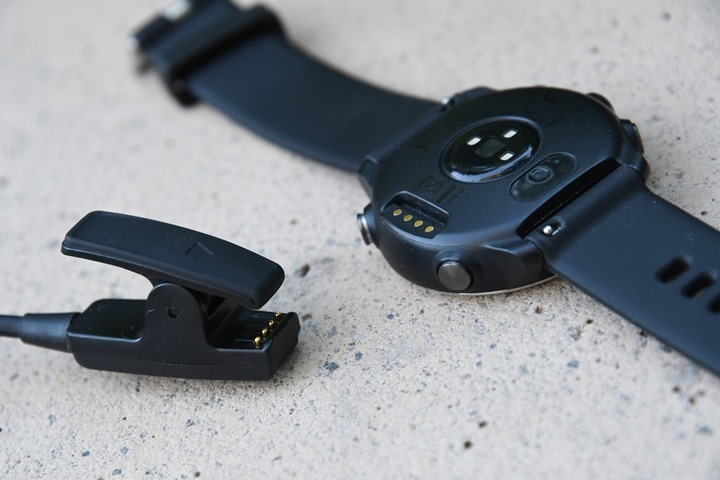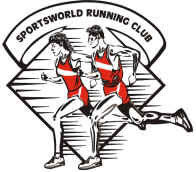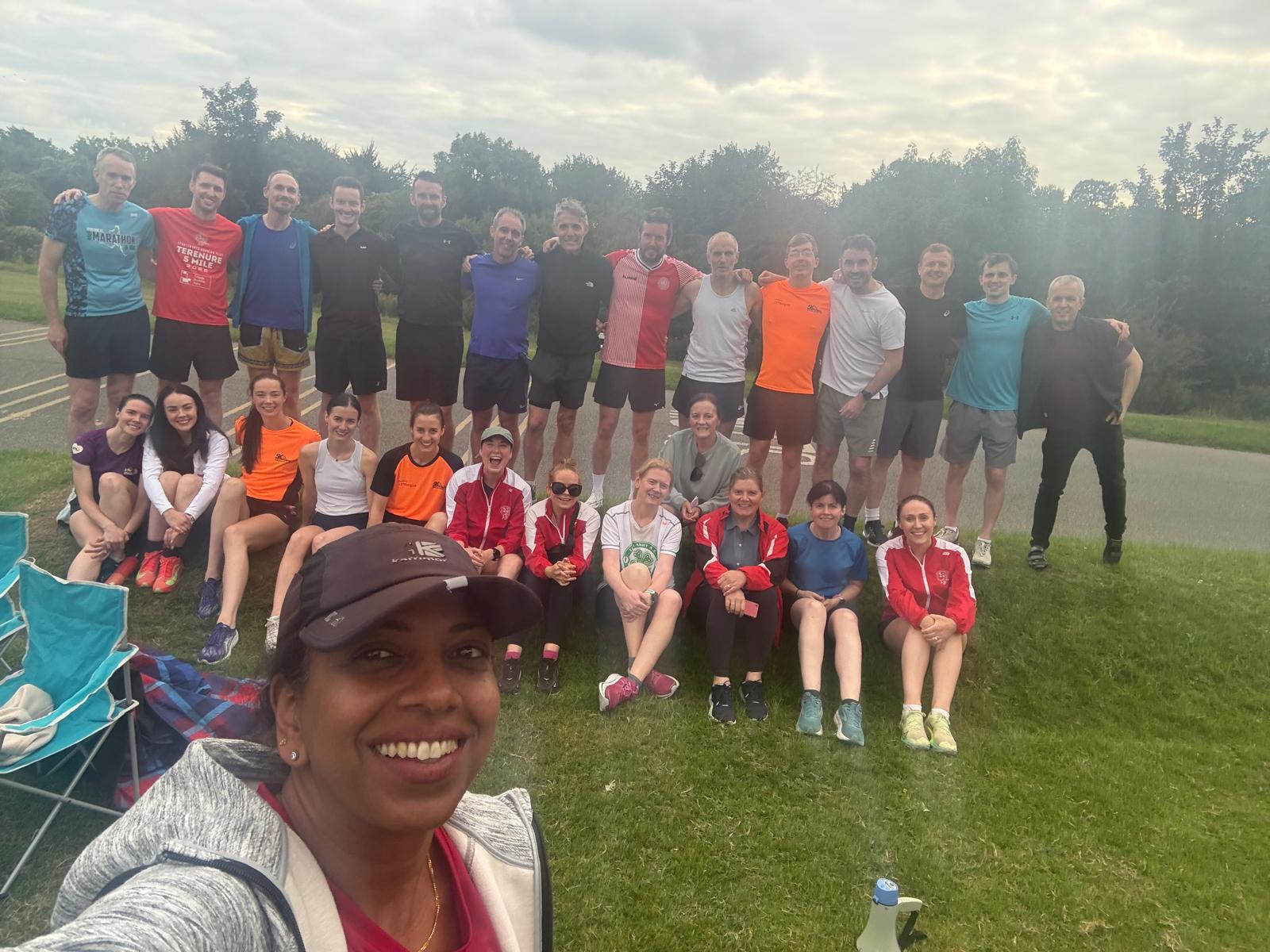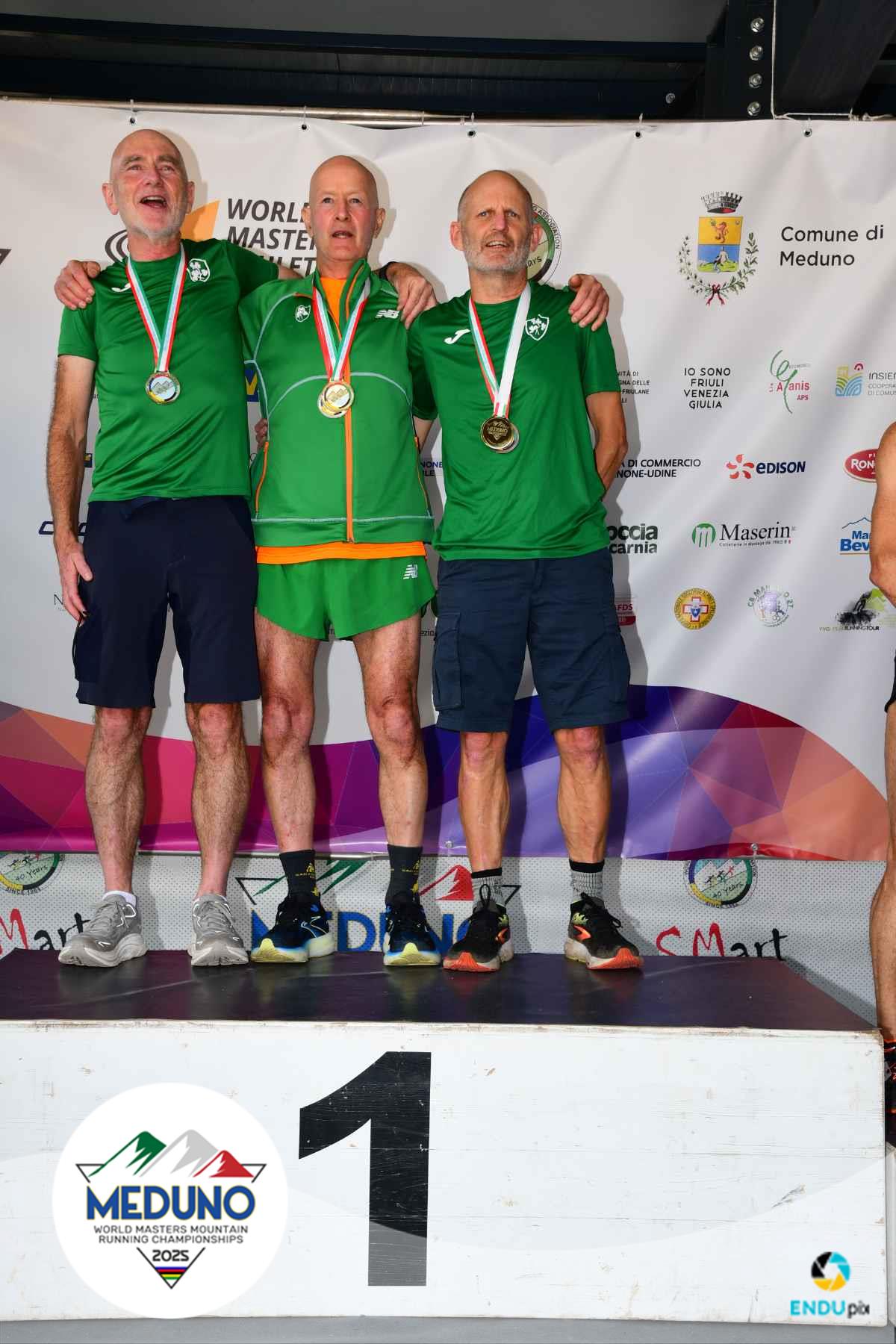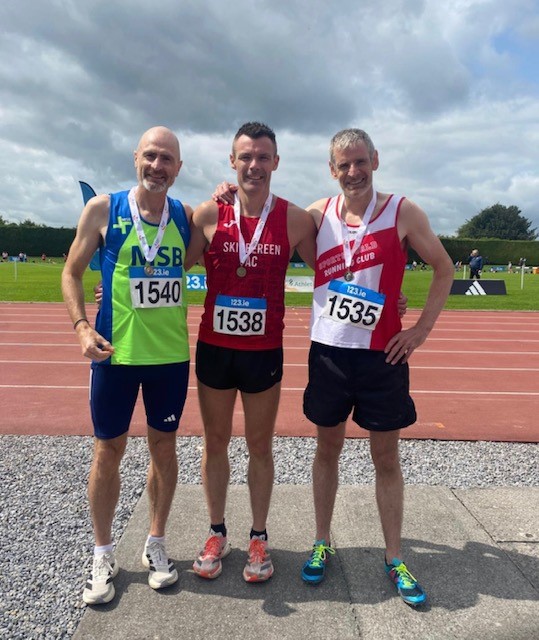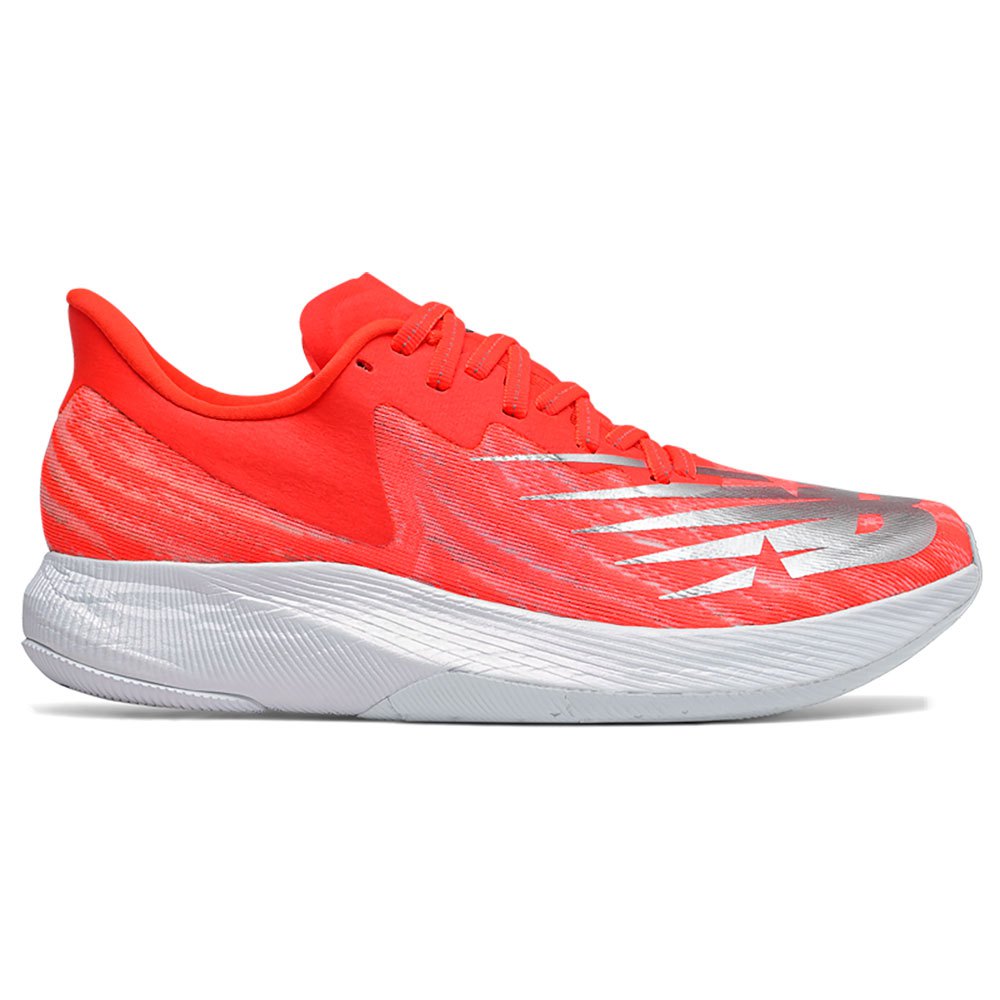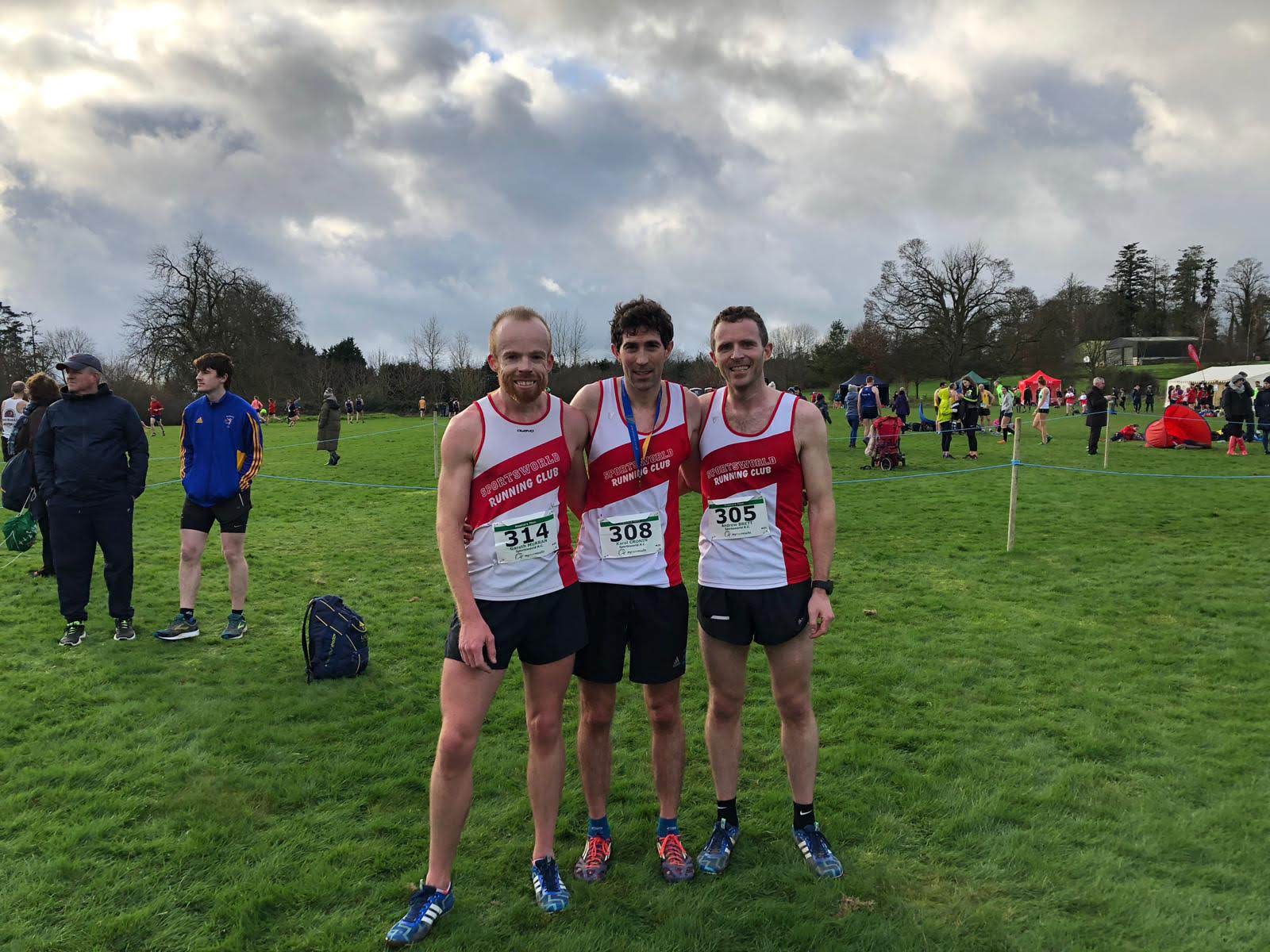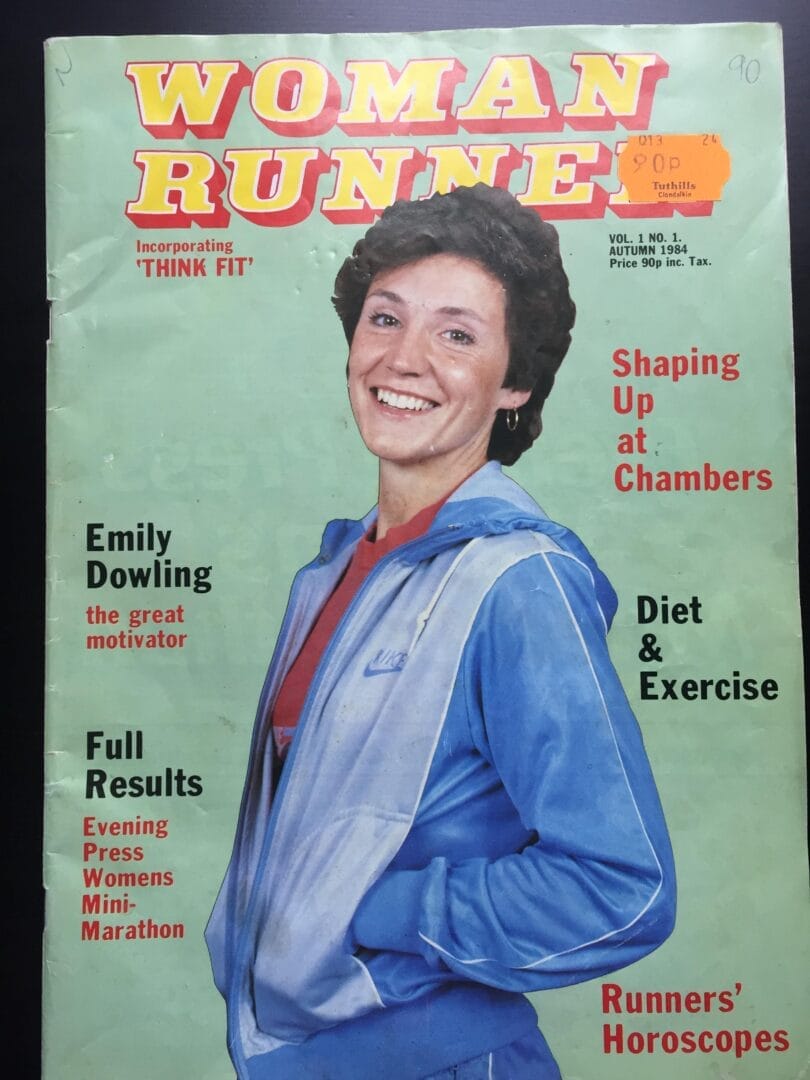I (Gareth Murran) was asked to write a short review of my running watch. It might be the start of a new weekly column or something. I had hoped I’d seen the end of this thing but let’s get started. Garmin offers some of the best-running watches around – but up until not too long ago they have been largely functional, just showing you performance numbers. A few years back the Apple Watch, Nike Plus Watch and Samsung Gear Sport had started encroaching on Garmin’s space, bringing both GPS tracking and the ability to stream to a Bluetooth headset, Garmin needed to catch up.
The Garmin 645 was the companies first wearable with music on board when it was launched in March 2018. That means that you can buy a pair of Bluetooth earphones and not have to carry a phone or mp3 player when you want to listen to music on your runs. This was my main reason for buying it. I paid the hefty sum of $450 at a race in Truckee California, a few months after it had come out in 2018. Two years later I can happily report that it’s my first Garmin watch to have lasted more than a year. previous watches particularly the 410 would last 6 months and then give up the ghost.
If you just want to know if its any good then my quick summary review would be that the Forerunner 645 Music is a watch that can track a huge variety of sports and looks good while doing it. However, the headline music playback feature feels a bit half-baked and the battery life isn’t as good as we’ve experienced on other Garmin watches. Overall though I feel its probably one of the better Garmins available. It’s improved allot with software updates and the much-lauded Spotify app. If you’rere considering a sports watch and don’t do anything aside from running then the 245 music may be a better option. The entry-level 45 will do you if all you want is basic pace and reliable GPS but I would always recommend the 245 and up as a better investment. It will help you improve your running in all sorts of ways.
FOR
- Lovely design
- Rapid GPS
- Spotify support
AGAINST
- Poor battery life
For the rest of the review, I thought I’d list some of my favourite things about the watch and justify recommending it.
Numerous studies have shown that running with music increases concentration, provides the ongoing stimulus and generates a positive sense of flow. Compelling melodies, powerful beats, and energetic tunes can help runners get into an optimal mindset and can motivate them to get (and keep) moving. The Forerunner 645 Music has the right bits to be a great little entertainer on the go: 4GB of internal storage should carry 500 songs with you. That means you can store every Beatles song ever released and still have 50% free for podcasts or maybe calming meditations. I save my playlists on Spotify and then just update them once a month or so. The controls are a little fiddly at first but you use them so often it soon becomes easy to skip tracks without looking down.
My top tip for running with music is don’t waste your money on overpriced earphones unless you are a real audiophile. These from Boltune are just as good as Airpods, cost £25 and will last as long. 
The accuracy of the GPS is pretty good – perhaps a little generous over a longer run, with tests on 18 and 20 mile runs showing a 1% differential, running further than the measured distance. It’s no big deal, but in a marathon, that 0.2 extra bit of a mile can be a bit disconcerting if you’re trying to run to a specific pace. This was an issue for me in Copenhagen last year. Over shorter distances, it performs really well, without ever having to wait for a satellite. Gone are the days of sticking your watch on a window before your run. Treadmill running tests I have done also proved pretty accurate too.
Overall wellbeing scores are a must. Sleep, step, heart rate and even stress tracks are all very well presented on the watch, meaning there are few devices that offer a more complete experience in terms of showing your overall fitness level. The stress testing is among the most impressive, with the ability to read your heart rate variance (the difference in the shape of each heartbeat) and from that discern your stress levels. That heart rate variance can also pinpoint accurately your lactate threshold, meaning the Forerunner 645 can tell you with good accuracy when you’re going to start tiring in a race. It’s not a new feature to Garmin watches, but it’s really advanced and useful.
When it comes to running for steady-state or easy runs wrist-based heart rate is perfectly fine, no issues there. But for intervals, its performance is a bit mixed. Optical HR sensor accuracy is rather varied from individual to individual. Aspects such as skin colour, hairy arm syndrome, and position can impact accuracy. Position, and how the band is worn, are the most important pieces according to the manual. A unit with an optical HR sensor should be snug. It doesn’t need to leave marks, but you shouldn’t be able to slide a finger under the band (at least during workouts). You can wear it a tiny bit looser the rest of the day. For most of my runs, it’s consistent and although I have the Garmin HRM-Run I only use it once a week or so, typically turning to the consistency of the optical sensor.
The HRM-Run heart rate monitor provides the most advanced running metrics to high-end Garmin Forerunner running watches. This is, without doubt, the best bit of kit on the market to buy if you are serious about improving your biomechanics. It’s only available on the more expensive models. The HRM-RUN is a £100 transmitter pod with an accelerometer which can measure movement. These same accelerometers are also used within phones, foot pods, activity trackers, and many other devices. It’s this sensor that ultimately enables you to get metrics such as Ground Contact Time and Vertical Oscillation. These metrics will blow your mind for the first few weeks. Despite there not being a huge amount of scientific literature I feel that Garmin has done a great job with these features. I think in future models they will become part of the watch but the technology is just not there yet.
The pod also provides a secondary source of cadence. Earlier in the year, I was looking to see why I couldn’t shift a knee injury on my left knee. I used the data from the watch to compare my ground contact time on each foot and simultaneously improve my cadence which had gone as low as 150. Both of these points demonstrated that I was overcompensating or protecting my left side. GCT is a really interesting measurement of how long your foot spends on the ground each time you touch the ground. It’s measured in milliseconds. You can see this on one of my recent interval runs, where at faster paces it’s shorter, and slower paces it’s longer.

Garmin Pay is the easy way to pay – directly from your watch. No phone or wallet needed! What more could you want on a Sunday in the Phoenix Park or when you need that bottle of water on a warm Sunday long run. Irish banks have been a bit slow to adopt a broad range of contactless payment options, but there are plenty of easy to follow tutorials online for getting the watch working with your choose contactless options.
The screen itself is very clear, and a had a nice degree of sharpness. It’s not in the same league as many modern smartwatches, granted, but it’s more than good enough in day to day use and we never were unable to see the numbers when out on a run and really, that’s all that matters. The rounded display can make things a bit congested when you’ve got four different bits of data on one screen, but even then it’s easy to make out what’s being shown. You can have 123 or 4 boxes on display when doing a workout. I usually use pace, elapsed time, distance and cadence. If I’m doing intervals I have a second display with lap splits. I don’t stop my watch after the intervals as I think seeing my recovery later is more important than the chest flex fast kilometre time on Strava.
The screen, like many Garmin running watches, is transflective technology, which makes it clear and bright in most scenarios when light is shining directly on it, meaning it catches even a small amount of photons pretty well to help you see what’s on the display. If you’re in the dark there’s an illuminating light, and Garmin has done pretty well with the accelerometer to make the watch light up whenever you raise your wrist – to do this on a run is pretty advanced. I recommend setting this to the highest setting in winter, but this will drain the battery. The only slight downside is that colours are a little muted, but that’s the price paid for the transflective technology.
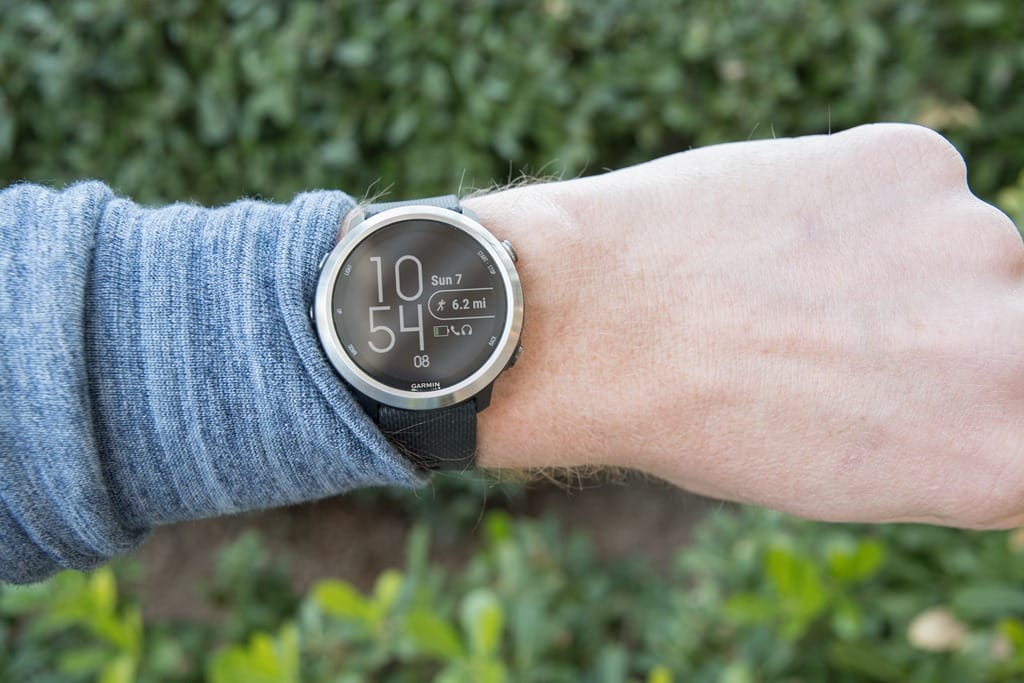
Finally, I need to talk about Garmin connect. I remember being overwhelmed by all the information on the app when I got my first Garmin. A little bit of experience sifting through all the options, though, and it has become a reliable training tool. After you’ve paired your device, you’ll be able to sync your watch to the phone or to the computer. Typically, this will occur automatically a designated number of times per day depending on how it’s set up. this is one of the benefits over older watches which were synced manually. Connect also has badges if that kind of stuff motivates you, typically it does for people who are new to exercise not the main audience for a Garmin watch. 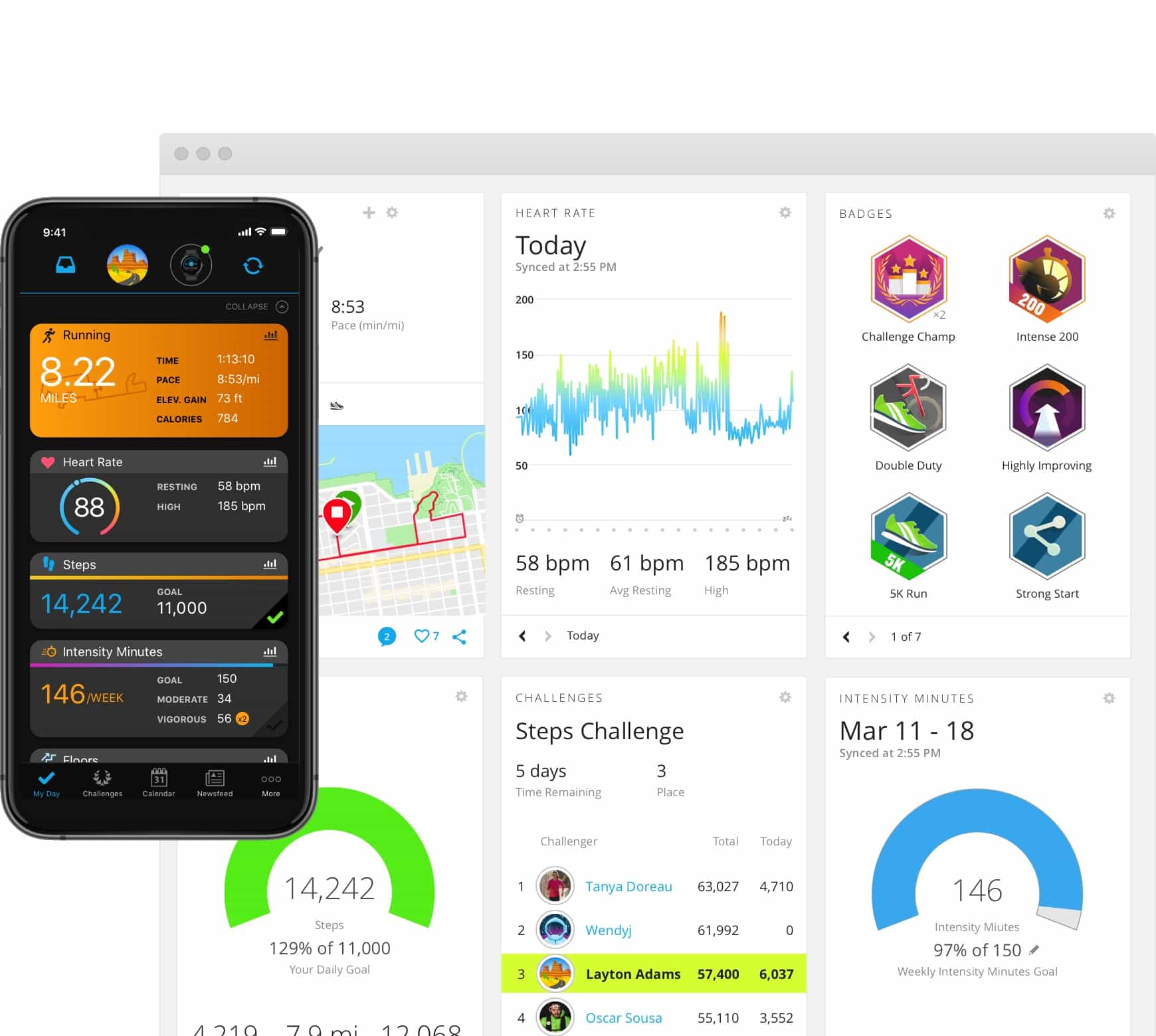
The 645 allow you to create specific workouts to upload to your watch. Your watch then gives you alerts to follow. Select an activity like running and then input information for warm-up, workout, and cool down. As mentioned above when talking about the screen, you’re able to add information like heart rate, pace, distance, time, and cadence. If you’re doing intervals, that is super simple – you just select the Add a Repeat button. I find this useful for some types of workouts but its often hard to do an exact 3K warm-up or exactly 1-minute recoveries. In some ways, though this feature can keep you accountable. The best feature for this is the elapsed time vs active time where there should be a low or zero differential.
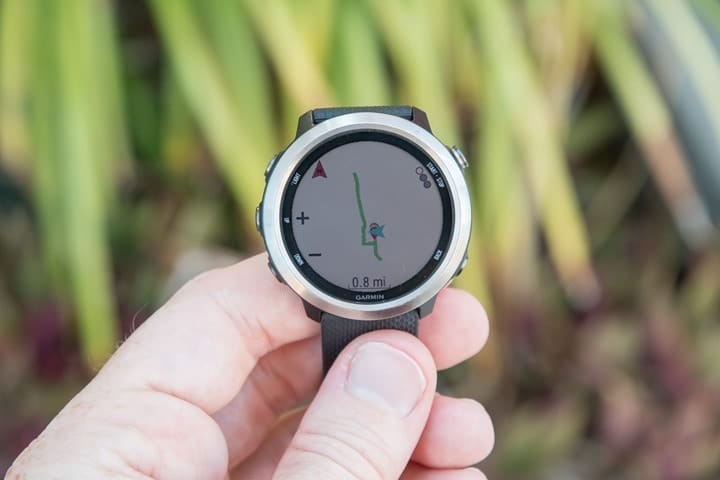
When travelling you can put together routes, which you are then able to upload to your watch. Also if you’re planning to do a long run and don’t want to have to remember all your turns or if you’re training to do GPS art, this feature is a life-saver! Some of the features are redundant particularly if you are heavy Strava users with premium access.
Its’s debatable which app does things better but Garmin isn’t trying to be a social network, it’s more focused on data that can improve your running than Strava. I find Strava’s training stress numbers wildly inaccurate but Garmin pretty decent. I do prefer the shoe tracker on Strava than Garmin but it’s one of the few things I use. Garmin like Strava can send too many push notifications so I just disable these entirely. Apologies if you feel I’m ignoring your Kudos, Martin Doyle. How does he do it so fast?
Through Connect you’ll be able to see cumulative kilometres over weeks, months, and years. The stats section is pretty cool because it will tell you your PRs if you need to know what to beat for your next race. Lifetime totals are also included. A bar graph shows your monthly mileage totals for the past year. With it, you can see what months have been your best for training. You can use this information to make adjustments to your training plan based on what works for you. I do use the weekly mileage target on Starve and Garmin as they both have good and bad aspects.
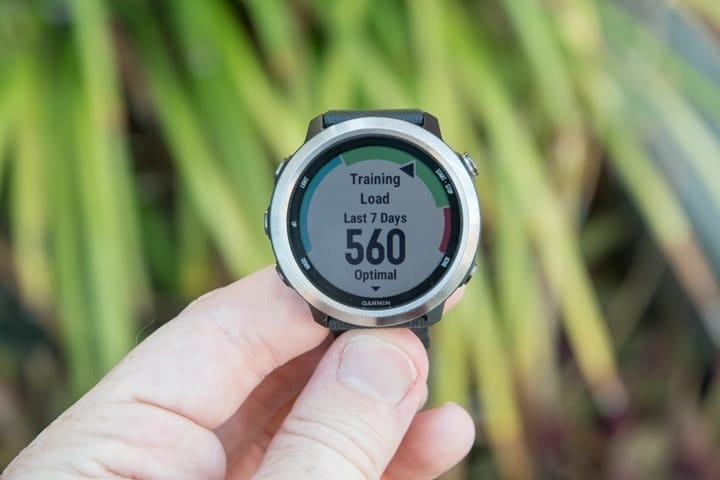
Many coaches recommend keeping a running journal to see what food works and doesn’t work, what runs were successful and why, what runs were awful and why, and so forth. With the Garmin Connect app, you’ll be able to easily do this. I’m not sure a notebook is needed these days but they do say that you should write down your goals. You can make your own mind up on that I guess. Although you can also add notes to your runs and pictures so that you can remember particular runs even better.
Although all the information that you can find on the Garmin Connect app might be a little bit overwhelming to you right now, pretty soon you’ll be glad that you can access all that data! Particularly if you are quite an intrinsically motivated person and love to geek out on the data.
One final point the charging cable has broken a couple of times, through my own fault but they are really cheap to buy on Amazon so get a few. Your friend will be eternally grateful when you have a spare one and to offer.
